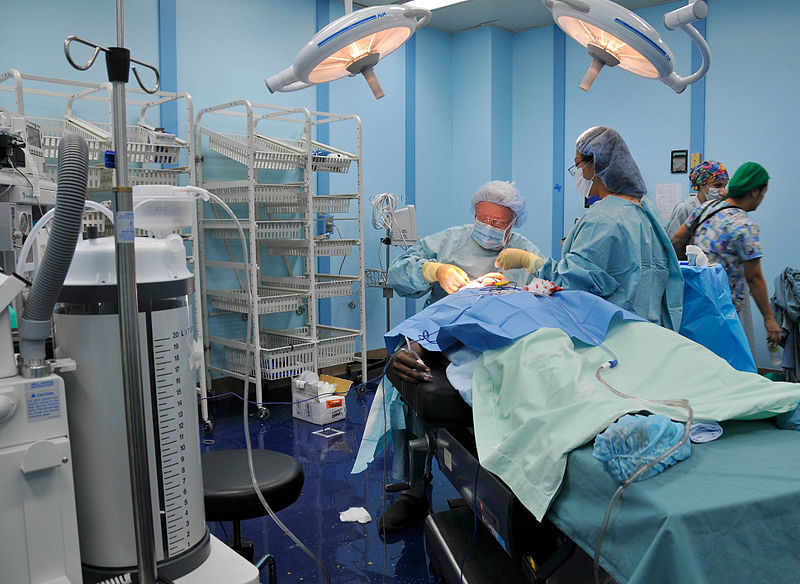Technological development has altered most industries in one way or another. The Internet, for example, has made information vastly more accessible to a wide section of contemporary society. This information, in turn, generates more knowledge as ideas are brought together in novel and previously untested ways, and the results are recorded and published for others to see. The implication of the immediate access to vast amounts of information is that further technological development takes place at a quickened pace: this is to say that just as information begets more information, so too does technology beget more technology. The rate at which this development takes place increases as the technological base expands.
The development, however, is not development for its own sake; instead, it is aimed at providing society at large with tools that better the quality of life of its members. This statement could be applied to a plethora of human needs, from the increasing of working vehicle safety devices in used cars, as it’s a more pressing matter than in new cars, to cheaper production methods of essential products. The human need that this site focuses on is medical treatment.
Medical treatment is as basic a need as food and shelter for human beings. Unfortunately, our bodies are subject to the attacks of viruses, diseases, cellular degeneration, the physical forces of an indiscriminate universe and the violent acts of other individuals. We are, from a certain perspective, enormously fragile creatures that are in constant need of medical observation and treatment.
Our understanding of our own anatomy, biological processes, and the way that we can intervene in order to prevent illness and treat ailments has been revolutionised over the last century: and we stand to learn only more as we make further paradigm shifting discoveries. The simple ingestion of antibiotics can cure bacterial infections that would otherwise prove fatal; polio can be prevented (and eradicated) by vaccination; cancer can be cured through surgery and intravenous radioisotope treatment; lives of trauma patients can be saved by timely intervention; and the list goes on.
One of the tragedies of the contemporary world is that well documented and simple interventions could prevent life altering sicknesses, fatalities and disease transmission. The obstacle is not inadequate technologies, facilities or our knowledge about certain conditions. It is instead the lack of access to this knowledge and technology that so many people suffer. To put this notion another way, a major obstacle between the people who desperately need proper medical services and those who are able to provide those services are the questions imposed by logistics.
Proper medical services are made inaccessible to significant numbers of the global population due to the difference in location between these communities and clinical professionals. Fortunately, a leap forward has occurred in that the spatial distance dividing the two groups involved in the dynamic described can be overcome by telecommunication technologies. These communication technologies allow for vital information to be exchanged over large distances without any significant delays (that is, information is relayed in real time).
In this way, a doctor may be able to consult with a large number of individuals situated in a remote location. Whereas this type of consultation may not be ideal, it is highly effectively and very much better than the alternative: that is, not having access to a clinical professional at all. A doctor consulting from his Cape Town property, with the aid of communication technology, may diagnose a patient anywhere else in the country, and anywhere else in the world. Conceptually, it is the same way that a Toyota for sale in the remote Eastern Cape, or a BMW x5 for sale in Cape Town, can be bought by someone in Gauteng (that is, the Internet bridges great distances with ease).
The benefits of telemedicine are numerous as one doctor may consult with many patients from several remote locations without having to traverse the physical distance in order to do so. This is not only costly, but time consuming. Additionally, in a field where time is often of the essence, immediate access to a well-trained and knowledgeable practitioner is often the difference between life and death.
